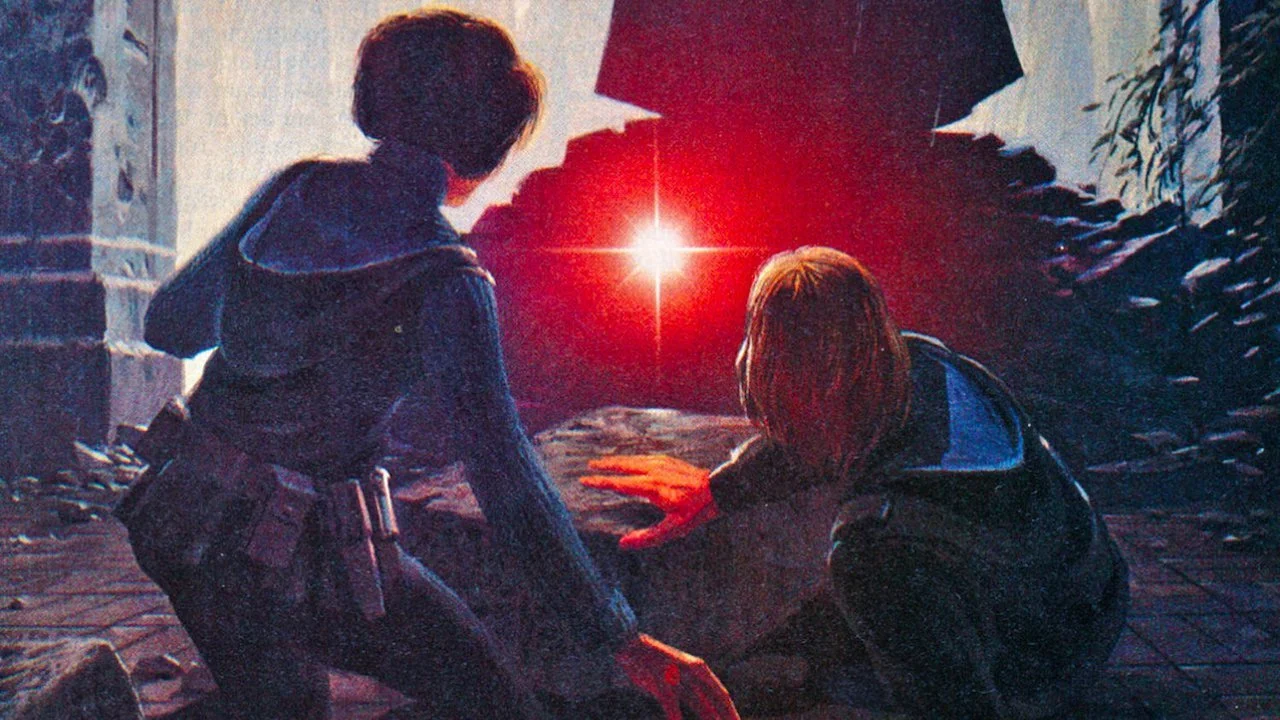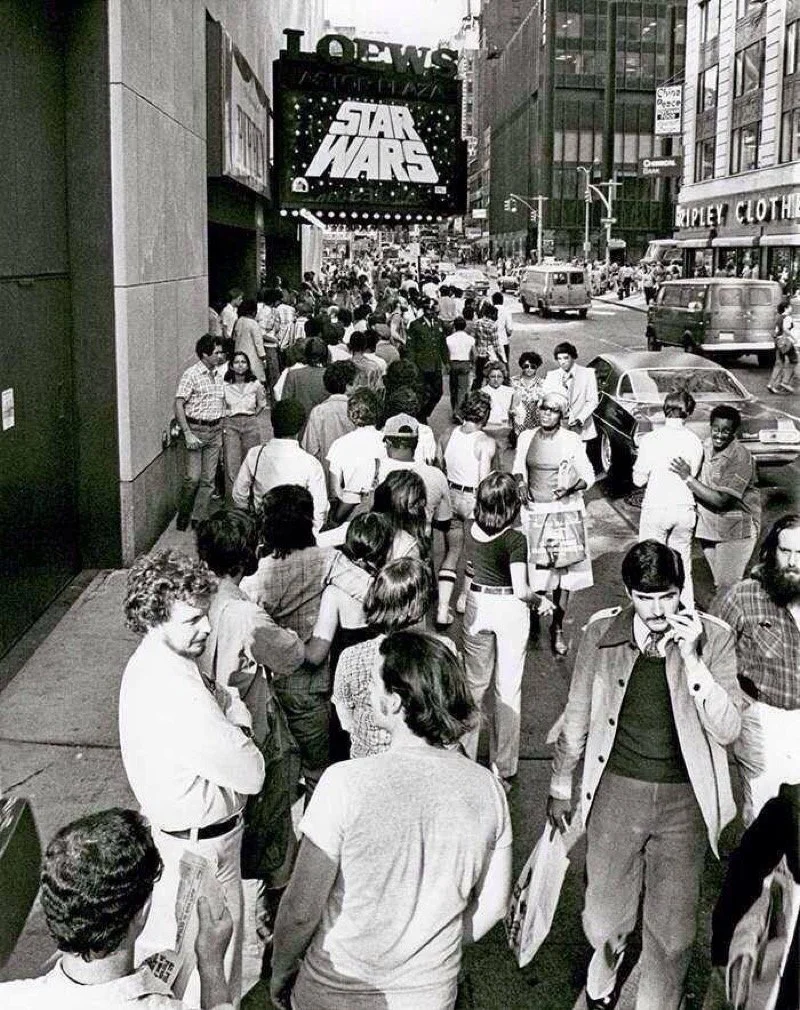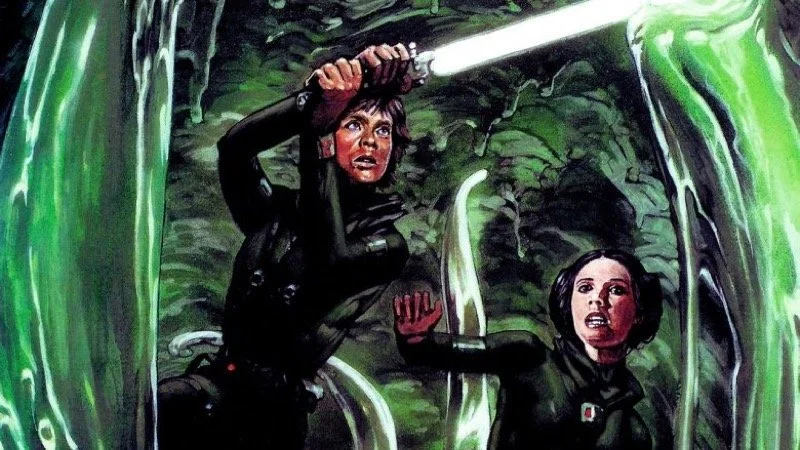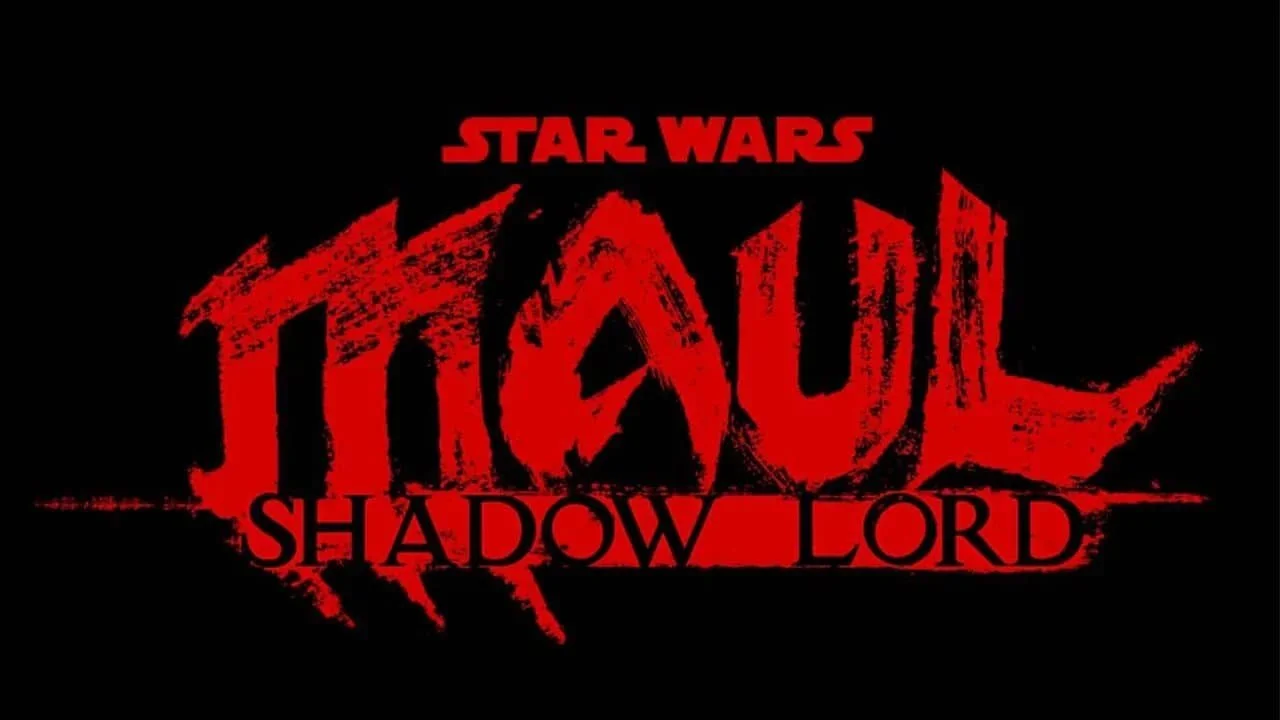The Original Sequel To 'A New Hope' Was Actually A Novel, One Completely Different Than 'The Empire Strikes Back'
Image source: Geek Tyrant
The sequel to the first Star Wars movie, The Empire Strikes Back, looked a LOT different when it was first created. It was a completely different story. Written by Alan Dean Foster, Splinter of the Mind’s Eye was originally the first sequel to Star Wars.
When 20th Century Fox released Star Wars, it felt that a sci-fi movie geared at kids would tank at the box office, and put little effort into marketing, and even went as far as to put it in just 32 theaters. Of course that would quickly change when word of mouth got out and theaters were sold out, with lines of fans stretching for blocks. Increasing the number of cinemas showing the film, the film quickly became the highest-grossing film of all time.
RELATED:
Image Source: Classic Star Wars Twitter
Hired by George Lucas to write a story that could be turned into a low-budget sequel to A New Hope, Alan Dean Foster began to write what would become the beginning of the now non-canon Star Wars Expanded Universe (rebranded as Star Wars Legends). Mind you, Foster was already under contract to write a second book, as he wrote the novelization of the first film. Because the thought was that the budget for the sequel would be slashed to nearly nothing, Foster could create a new world that would end up inspiring other Star Wars adventures in the future.
The story centered around Luke and Leia, as Mark Hamil and Carrie Fisher signed on for a second film. Han Solo was missing, because Harrison Ford hadn’t yet signed on for a sequel, and Lucas wasn’t sure if the studio could afford him. C3PO and R2-D2 show up as supporting characters, traveling with Luke and Leia on their mission.
The brother and sister duo would make their way through the galaxy to Circapous IV, hoping to persuade the planet’s inhabitants to join the Rebel Alliance. Instead, an energy storm causes them to crash land on Circapous V, known to the locals as Mimban. With their ship destroyed, Luke and Leia are left to rescue themselves when they discover a secret Imperial presence and are shown a “splinter” of a Kaiburr crystal, which intensifies Force powers.
Image Source: Planet Broadcasting
The vastness that we see of the galaxy in Episode IV is greatly diminished in Mind’s Eye. Sticking to only 1 planet makes everything seem significantly smaller than what we’re used to seeing in the Star Wars universe. Of course, we have to remind ourselves that this was written to turn into a low-budget movie, so getting to see several more planets was absolutely out of the question.
While the Expanded Universe may not be canon, its influence is still seen today. The planet Mimban showed up in Solo: A Star Wars Story, and was the inspiration for Jedha in Rogue One, with the planet being mined for Kyber crystals. Foster would go on to not only write several Star Wars titles (including the novelization of The Force Awakens), but also Star Trek, Transformers, and other fantasy and sci-fi titles.
It’s hard to imagine life without Star Wars because if it flopped as the studio predicted, everything would be different. Would we be watching Splinter of the Mind’s Eye as a midnight movie? Would Disney have purchased Lucasfilm? Fox? Thankfully, that “sci-fi movie for kids” released on May 25th, 1977 did the complete opposite and changed not only cinema forever but also our lives.
READ NEXT:
Sources: Collider, Wookieepedia, Marvel















